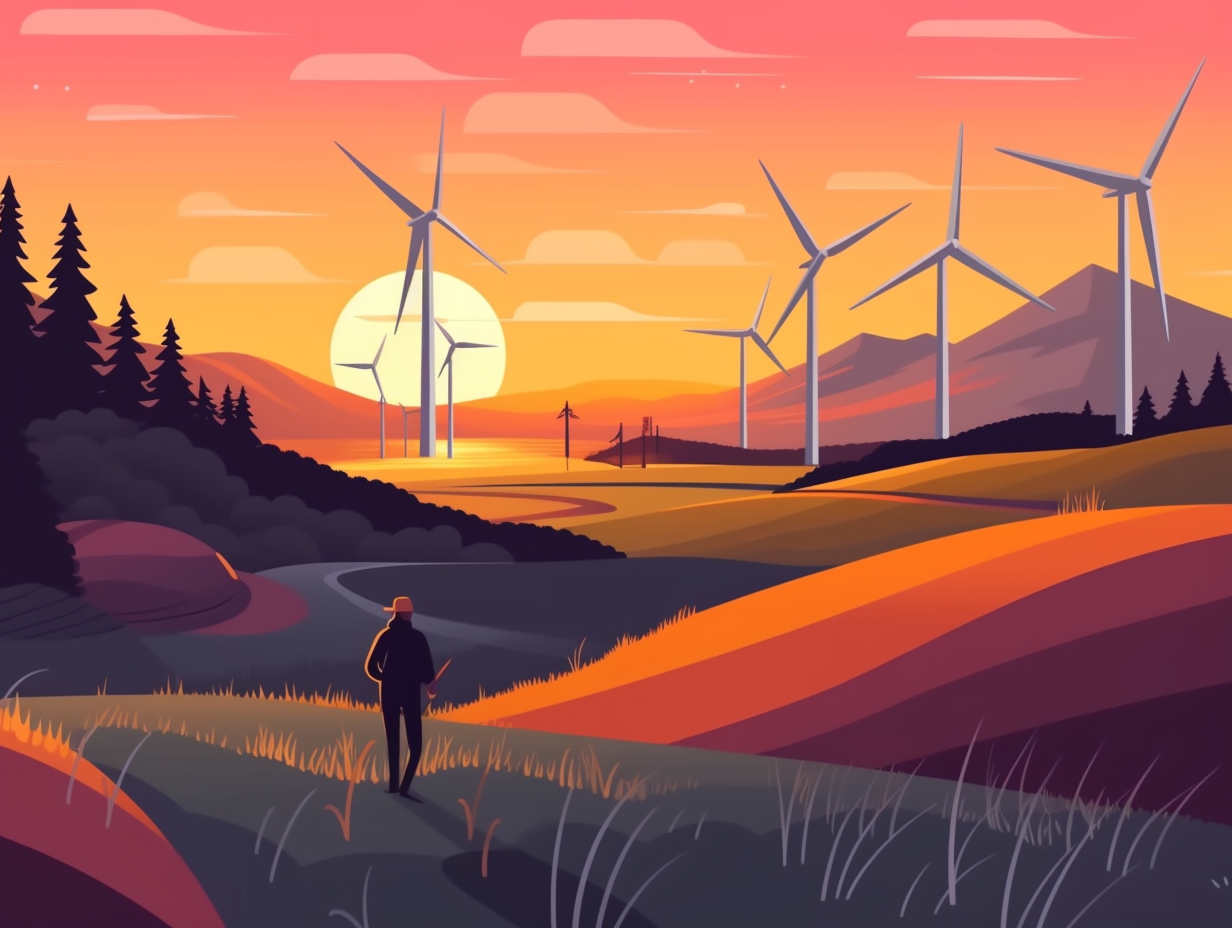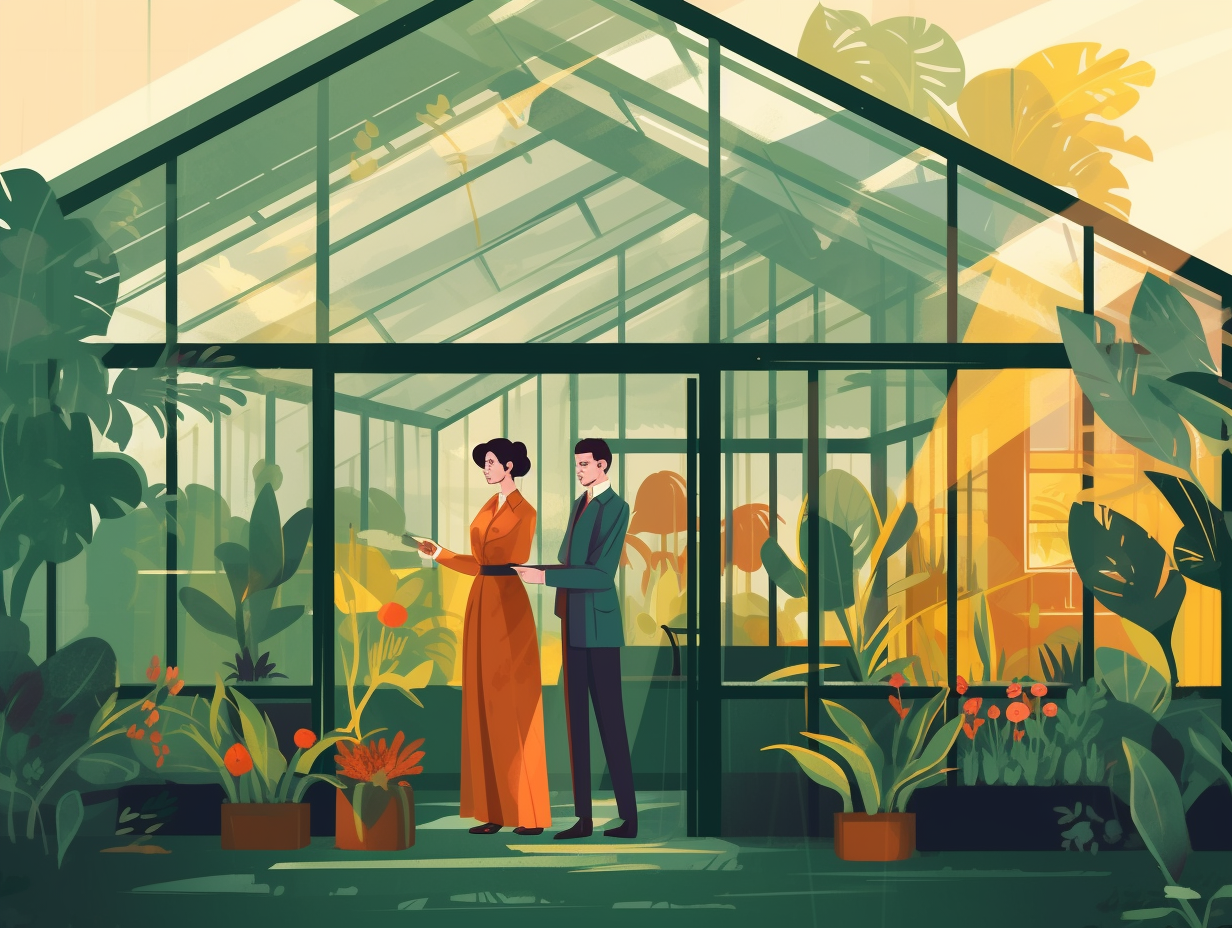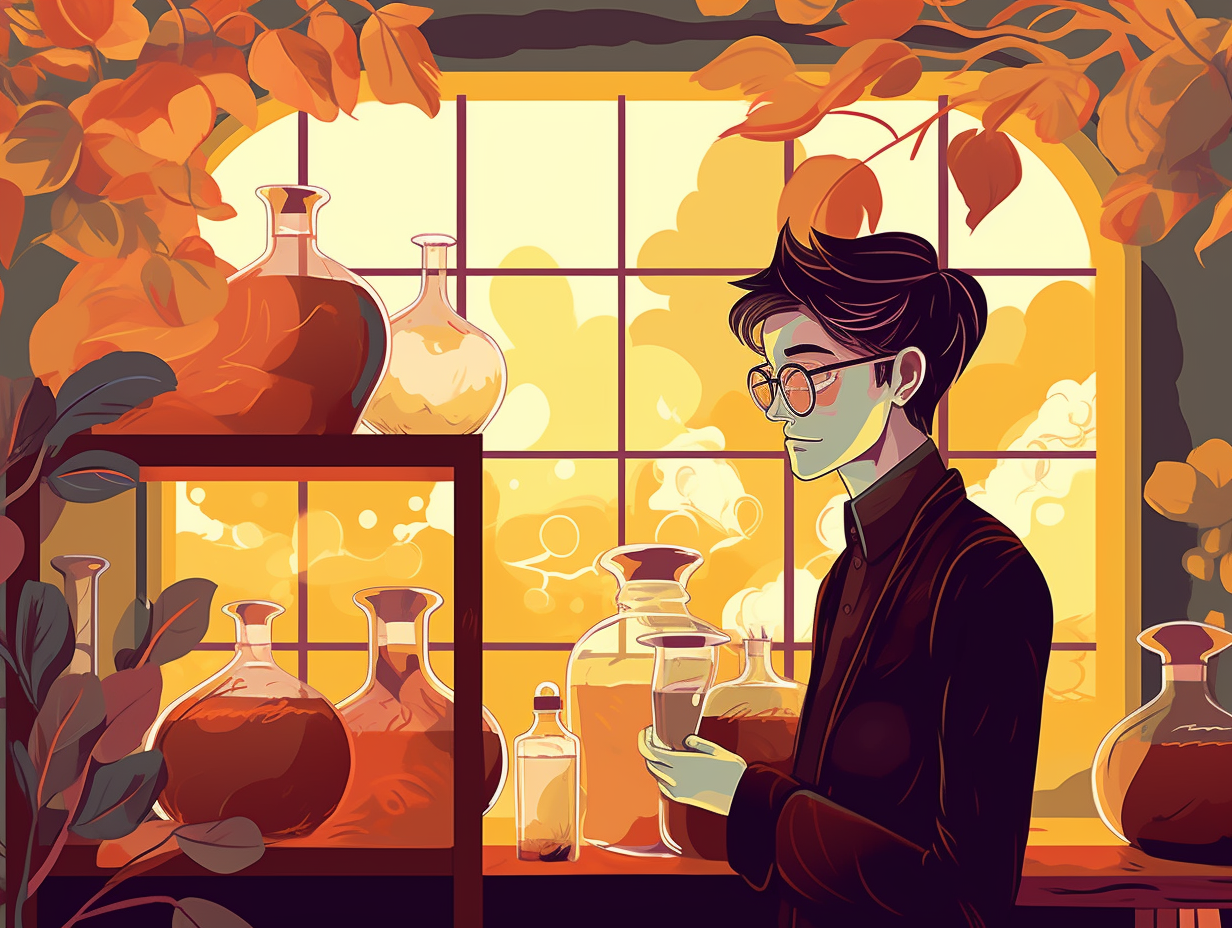Get Charged Up: Top 8 Surprising and Electrifying Fun Facts About Batteries
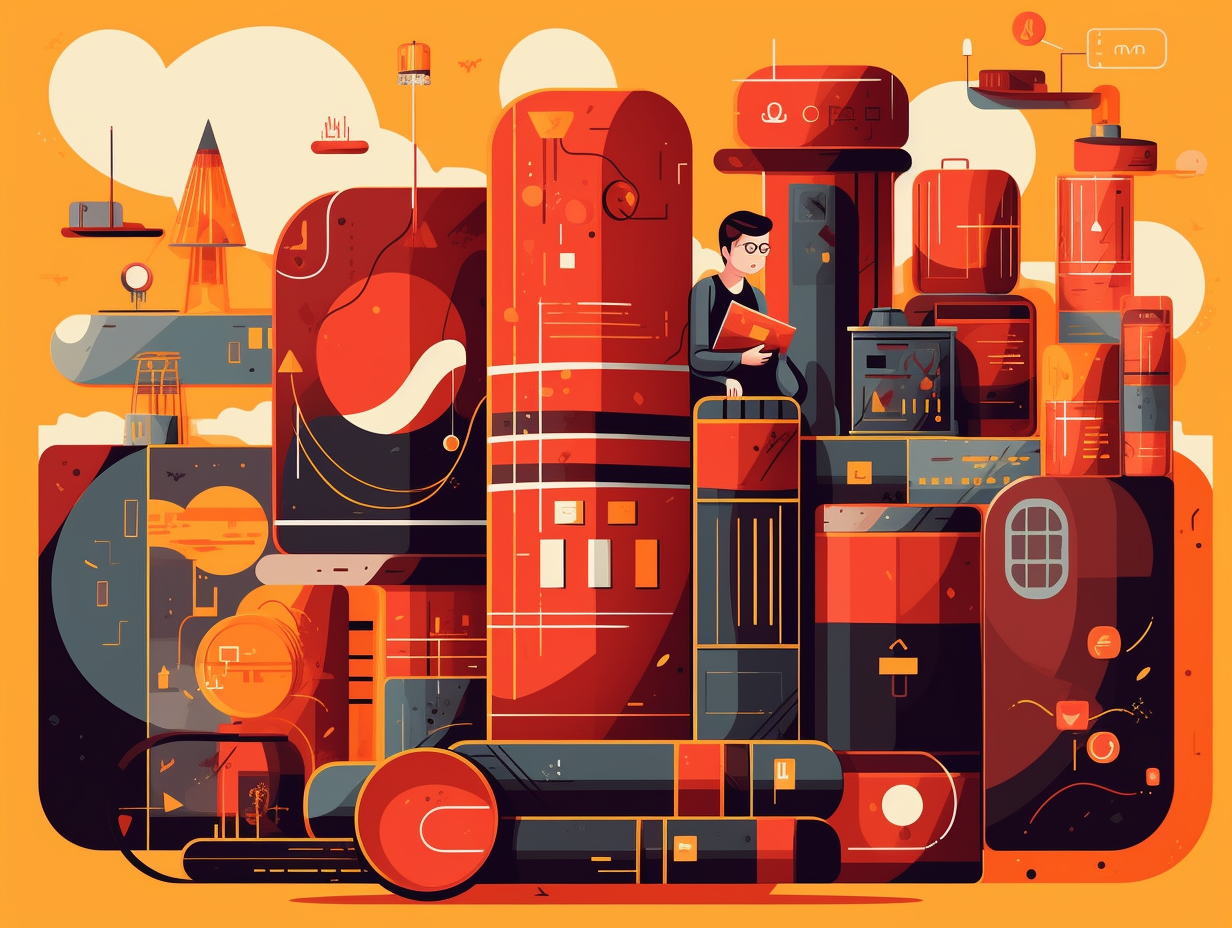
1. Frog Leg Battery Beginnings
Before frogs like Kermit could dream of riding bicycles and singing, their dearly departed ancestors were making life-changing leg twitches: Luigi Galvani's 1780 experiment with frog legs and electrical sparks laid the groundwork for the study of bioelectricity and ultimately the development of batteries, including those ever-energetic Energizers.
Source => en.wikipedia.org
2. Potato Power-up
In a world where "mashed potatoes" might mean "tech support," our tuber friends are here to save the day in a spud-tacular fashion: Researchers from Hebrew University of Jerusalem discovered that boiled potatoes can be used as low voltage energy sources to power devices like mobile phones or laptops, with a single boiled potato battery generating portable energy at a cost 50 times cheaper than a typical 1.5 volt AA alkaline cell or D cell battery.
Source => bbc.com

Did you know that NASA's use of hydrogen fuel cells led to powering not only spacecraft but also gadgets like laptops and cell phones? Discover how 260-megawatt fuel cells are powering facilities across the US! 🚀💡🔋
=> Fun Facts about Fuel-Cells
3. Citrus Circuitry
Who needs Energizer when you've got the Fruit Salad Electric Ensemble?: Citrus fruits like oranges, lemons, and grapefruits can generate enough electrical current with copper and zinc electrodes to power small devices like digital clocks and LED lights.
Source => sciencing.com
4. Titan of Batteries
A titan of a battery that could make even Energizer's famous bunny insecure: The Hornsdale Power Reserve in Southern Australia holds the title for the largest lithium-ion battery on the planet, with an astounding storage capacity of 129MWh and a charge capacity of 80MW. This behemoth can keep the lights on for only 75 minutes at full discharge but plays a crucial role in ushering in a renewable energy future, injecting power in just 0.14 seconds to maintain grid stabilization and supporting Australia's goal of generating 100% renewable energy by the 2030s.
Source => nsenergybusiness.com
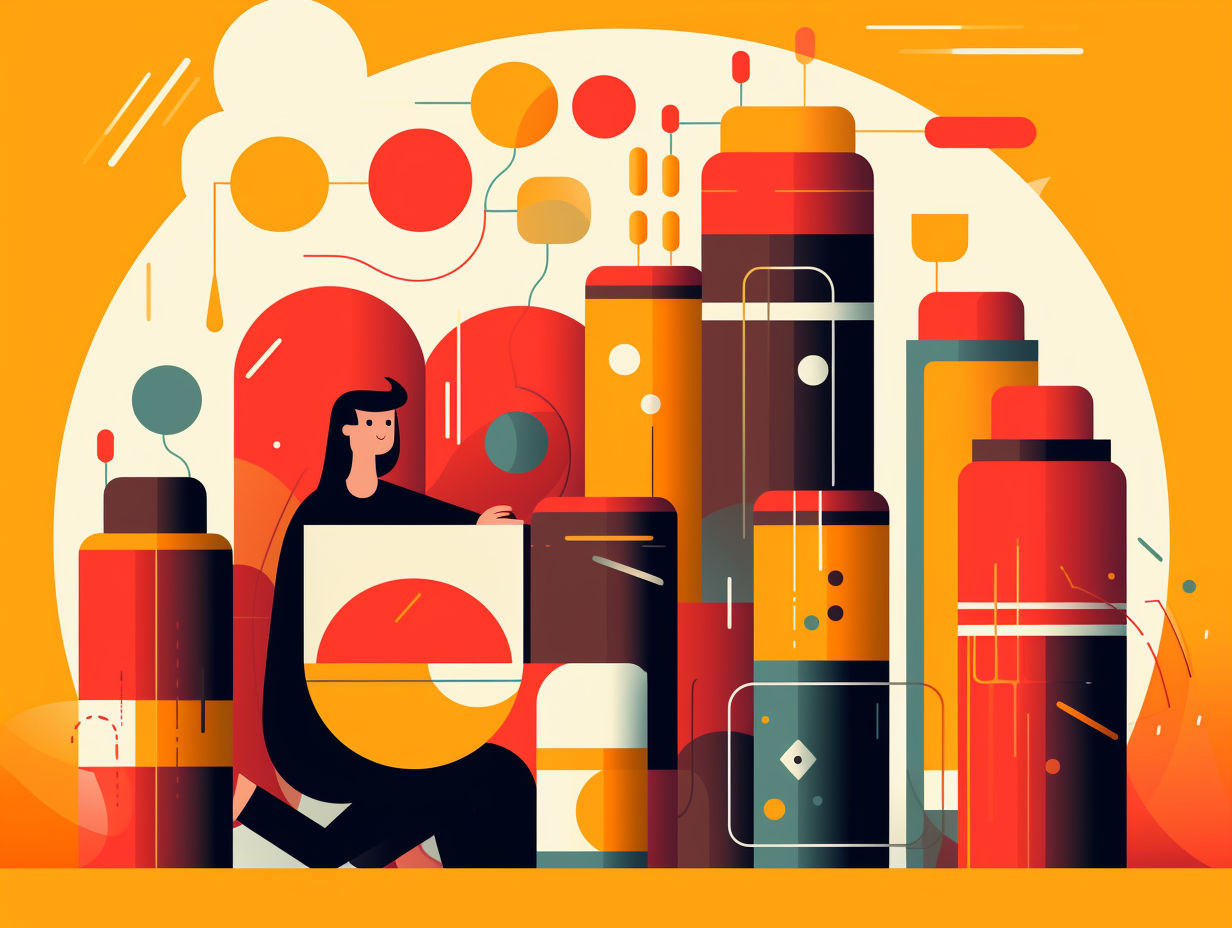
5. Franklin's Electrostatic Extravaganza
Imagine Benjamin Franklin as the original "shocking" magician, trying to uncover the mysteries of the Leyden jar instead of pulling coins from behind ears: In truth, Franklin's experiments revealed that the power of electrostatic shock was in the glass itself, not the water or metal, and his work would later pave the way for capacitors, a key component in today's electronic devices.
Source => atlassociety.org
6. Capacitor Party Starters
Before electrifying lightbulbs, capacitors were igniting spirits as a literal party starter: In their early days, capacitors were simply glass jars with an iron nail and liquid mercury—experimenters like Ewald Georg von Kleist and Pieter van Musschenbroek discovered that charging these jars could produce enough sparks to set flammable liquids ablaze. Fascinatingly, capacitors actually predate batteries, which followed in the footsteps of these quirky conductors after being invented by Alessandro Volta.
Source => upsbatterycenter.com
7. Time-Traveling Salad Dressing
Who needs a DeLorean when you've got a 2000-year-old jar of salad dressing ready to amp up your day? Cue the time-travel puns: The Baghdad Battery, a mysterious artifact dating back to ancient Mesopotamia, is said to have the capacity to produce 1.1 volts when filled with an electrolytic solution like vinegar. Though its exact purpose remains unknown to this day, scientists posit that this ancient contraption was an early form of a battery, possibly used for electroplating gold onto silver – a technique that continues to be practiced in Iraq today.
Source => smith.edu
8. Lithium-ion Toy Chemistry Set
Before smartphones could take over our lives and electric cars could put gas-guzzlers to shame, a trio of great minds was playing with lithium like it was their toy chemistry set: Stanley Whittingham, John B. Goodenough, and Akira Yoshino nobly pioneered the rechargeable lithium-ion battery, earning them the Nobel Prize in Chemistry in 2019 and transforming the energy industry as we know it today.
Source => nobelprize.org
Related Fun Facts

